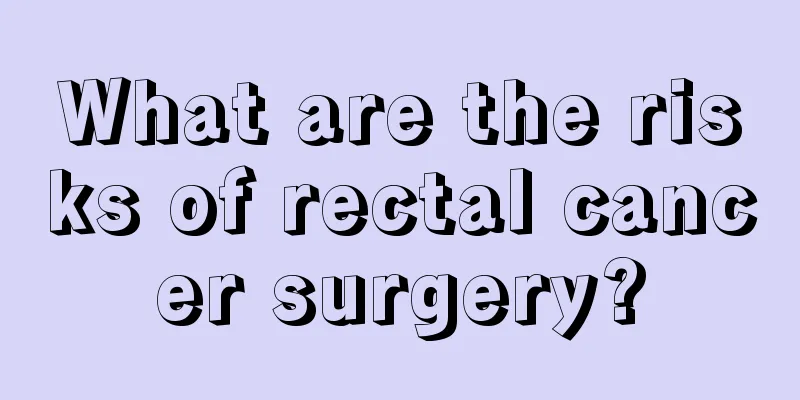What tests are needed for nasopharyngeal cancer and how to identify it

|
What tests are needed for nasopharyngeal cancer? How to identify it? Patients with nasopharyngeal carcinoma may experience nasal congestion, ear closure, tinnitus, numbness of the neck, diplopia, and sagging of the upper and lower cervix. It often occurs in the pharyngeal recess and the anterior wall of the nasopharynx. During examination, the neck lumps are mostly hard, with small nodules on the surface, and are difficult to move because of adhesions with the surrounding areas. Sometimes they fuse together to form a huge mass on the entire side of the neck. The examination methods for nasopharyngeal cancer include: 1. Pathological examination of tumor biopsy: This is a qualitative method to confirm nasopharyngeal carcinoma and cannot be replaced by other clinical examinations. Whether it is the first diagnosis and treatment or the recurrence after treatment, pathology must be obtained before treatment. 2. Serological examination: Patients with nasopharyngeal carcinoma often have increased titers of serum EB virus antibodies VER-IgA and RA-IgA. EB virus antibodies may be positive before clinical symptoms appear, and their titers often increase with the progression of the disease and decrease with the improvement of the disease. 3. Pathological examination: Only when repeated nasopharyngeal biopsy is negative or no lesions are found in the nasopharyngeal endoscopy, a biopsy of the cervical lymph nodes is performed. For cervical lymph node biopsy, a single excisional biopsy should be performed if it is estimated that it can be completely removed. For lumps in the nasopharynx and neck, the nasopharynx should be the first choice for biopsy, because nasopharyngeal biopsy is convenient and quick, with little damage and little impact on prognosis. If a biopsy is negative once, it can be repeated. 4. Indirect nasopharyngeal endoscopy: It is a simple, fast and effective routine examination method. Patients do not need to make special preparations, and the examination is painless and non-invasive. During the examination, the doctor wears a forehead mirror, holds a tongue depressor in his left hand, presses down the front 2/3 of the tongue, expands the distance between the pharyngeal arch and the tongue root, and holds a small round mirror with a diameter of 1.5 cm in his right hand. After slightly warming it on an alcohol lamp, it is inserted into the oropharynx to observe the nasopharynx with the help of light reflection. The mirror surface rotates in different directions to observe the conditions of various parts of the nasopharynx. If the patient's pharyngeal reflex is sensitive, the pharmacist will spray the pharynx with 1% to 2% of cocaine 1 to 3 times for mucosal surface anesthesia before examination. |
<<: What are the treatments for nasopharyngeal carcinoma?
>>: How long can a person live with gastric cancer metastasized to the pancreas?
Recommend
Hemophagocytic syndrome
I believe that everyone is relatively unfamiliar ...
Aortic stenosis murmur, what are the characteristics
Rheumatic heart disease is quite common nowadays,...
Is it normal to have a grade 3 placenta at 36 weeks?
When a pregnant woman reaches the 36th week of pr...
5 small moves to say goodbye to cold hands and feet
Cold hands and feet are caused by low temperature...
How to diagnose small cell lung cancer
Patients with small cell lung cancer suffer a lot...
The fastest way to disperse blood stasis
In our lives, trauma is inevitable. Sometimes bum...
What are the specific symptoms of glioma patients
In clinical practice, gliomas are often referred ...
What to do when you feel physically tired? This can alleviate
As the pace of daily life quickens, many people w...
How to treat central lung cancer? Pay attention to these when treating central lung cancer
The treatment of central lung cancer is mainly ca...
Diet sharing after appendectomy surgery
After appendectomy surgery, the patient’s body is...
Do you know the symptoms of osteosarcoma?
Osteosarcoma is a common orthopedic disease. Its ...
Breast milk causes pimples under the armpits
During the breastfeeding stage, any changes in th...
How to wash markers from clothes
Generally speaking, if you accidentally scratch y...
Who can’t wear small-leaf red sandalwood
Red sandalwood is a material with a light fragran...
Will staying up late really prevent you from growing taller?
I believe everyone knows that staying up late has...









